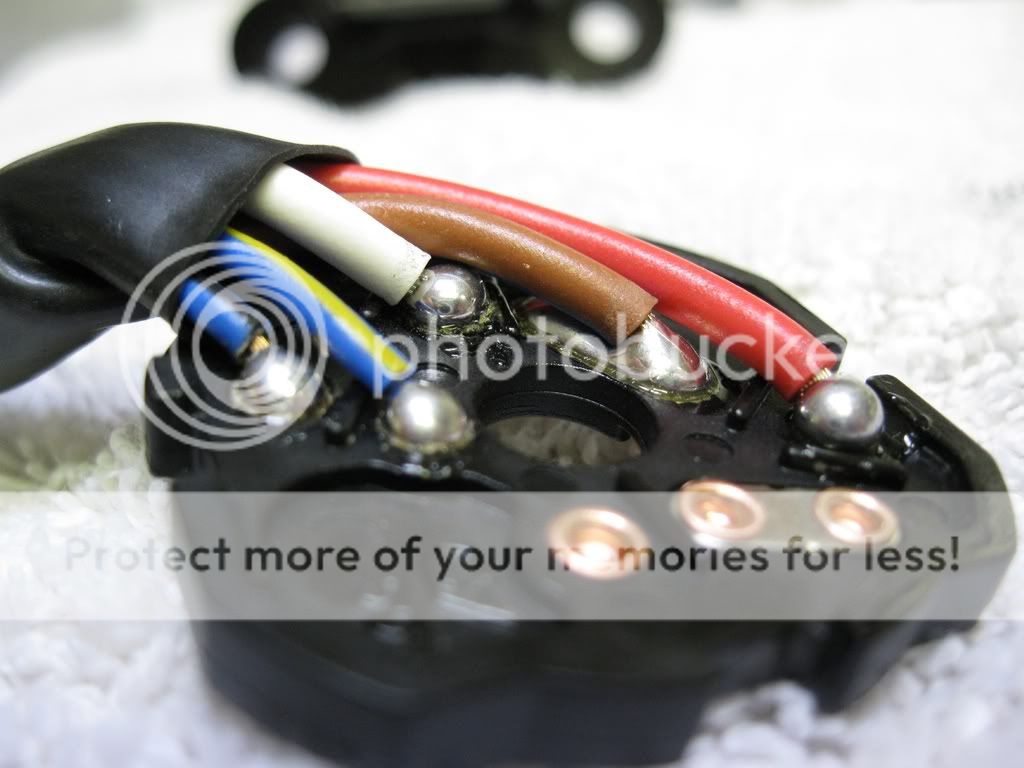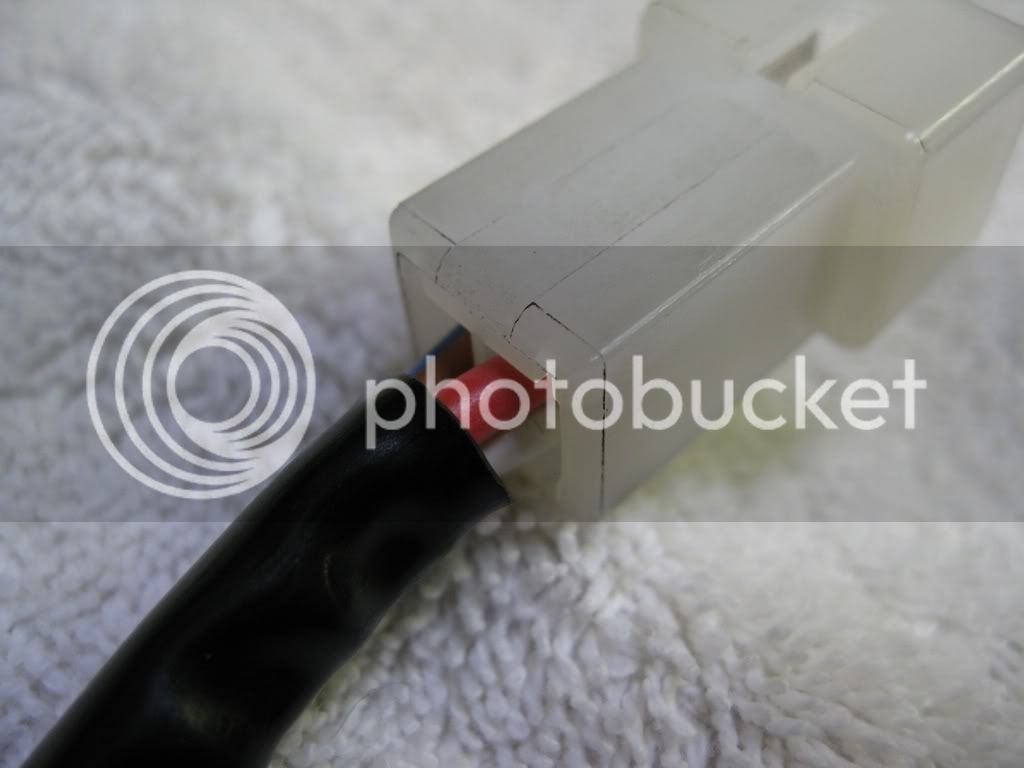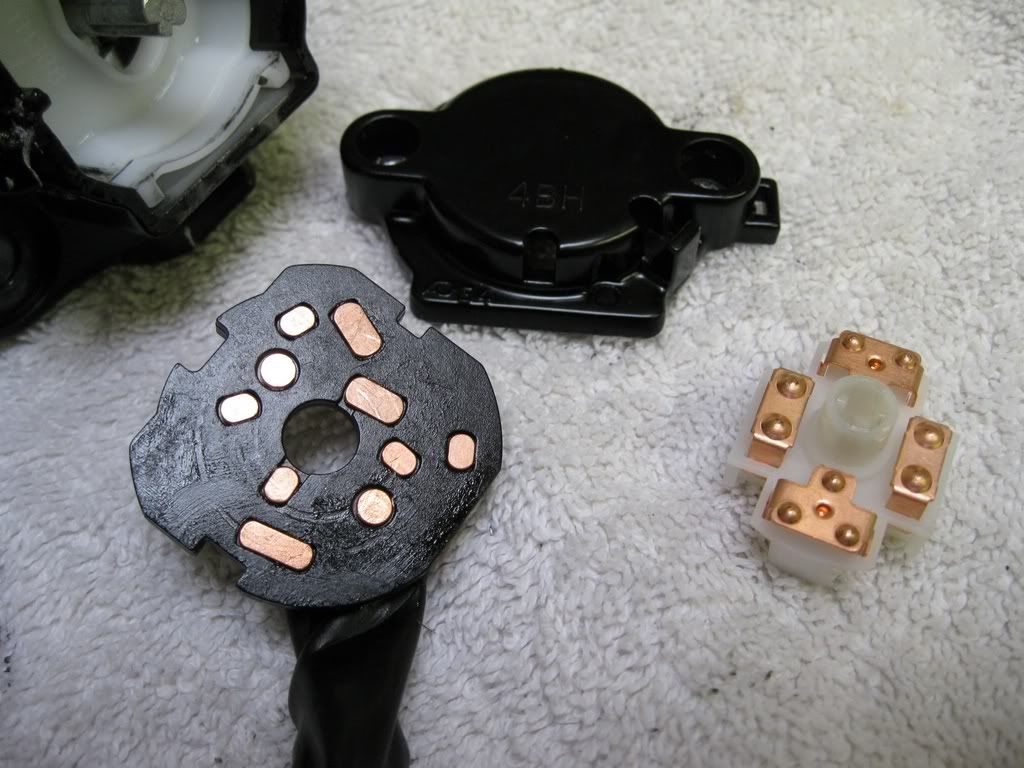Brodie
Darksider #16 - and Proud of it !
- Joined
- Sep 17, 2006
- Messages
- 1,453
- Reaction score
- 538
Marty
From the sound of it, your bike has yet another failed ignition switch. To have it work when you hold the switch pigtail a certain way, but fail if you let go of it, it sounds like a wire that pulled away from the solder joint. *What makes your case special is you have a recall ignition switch. If it is a verified failure, you need to get another one from Yamaha. Don't pay them a dime to fix it, it is a safety recall. The switch should have lasted the service life of your bike.
As much as I hate to say it, take it back to Yamaha so their mechanic does the work. Yamaha needs to know, from their own service personnel, that the switch failed on a stock bike. When they send you on your way with switch #5, plan to put a relay in the ignition switch circuit. There is still upwards of 50 amps running through that ignition switch, and evidently it's still not up to the task.
I have several Ignition Relay Harnesses ready to ship, or you can build your own. I posted everything you need to have to build one here. The key to having an ignition switch that will last is to keep the heavy amperage out of it. That is what a relay will do for it. I specified a 70 amp automotive style relay, more than enough capacity to handle the job.
I know it's tough to trust your bike when you have had it fail on you these many times, but it's only been the switch. Once it's fixed you can go on your merry way toward +200,000 miles.
*Remember, it's not as bad as having an incurable disease named after you...
:dribble:
Good luck, and keep us informed of your progress.
Brodie
From the sound of it, your bike has yet another failed ignition switch. To have it work when you hold the switch pigtail a certain way, but fail if you let go of it, it sounds like a wire that pulled away from the solder joint. *What makes your case special is you have a recall ignition switch. If it is a verified failure, you need to get another one from Yamaha. Don't pay them a dime to fix it, it is a safety recall. The switch should have lasted the service life of your bike.
As much as I hate to say it, take it back to Yamaha so their mechanic does the work. Yamaha needs to know, from their own service personnel, that the switch failed on a stock bike. When they send you on your way with switch #5, plan to put a relay in the ignition switch circuit. There is still upwards of 50 amps running through that ignition switch, and evidently it's still not up to the task.
I have several Ignition Relay Harnesses ready to ship, or you can build your own. I posted everything you need to have to build one here. The key to having an ignition switch that will last is to keep the heavy amperage out of it. That is what a relay will do for it. I specified a 70 amp automotive style relay, more than enough capacity to handle the job.
I know it's tough to trust your bike when you have had it fail on you these many times, but it's only been the switch. Once it's fixed you can go on your merry way toward +200,000 miles.
*Remember, it's not as bad as having an incurable disease named after you...
:dribble:
Good luck, and keep us informed of your progress.
Brodie
Last edited by a moderator:
















